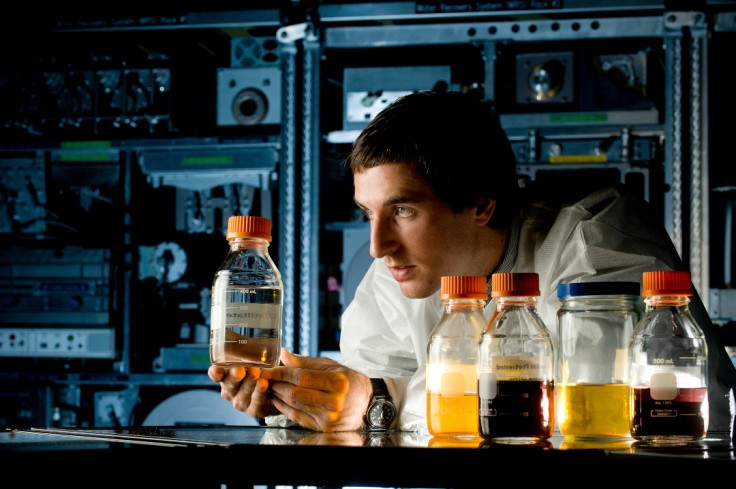The life of an astronaut in space is not easy, especially when you think about how limited their resources are. NASA is continuously researching ways to make life sustainable in space, which is why being able to transform certain body fluids like sweat and urine into drinkable water is a huge achievement.

Recycling Leads to Drinkable Water
If technology can take people to space, it was not impossible for it to turn sweat and urine into water, which is exactly what the space agency has achieved. This is performed in the Environmental Control and Life Support System (ECLSS) of the ISS.
With the innovation, the sweat of astronauts aboard the international space station can be processed using "advanced dehumidifiers" to capture them. This also includes the moisture from the crew's breaths, as mentioned in Engadget.
As for the urine, a subsystem called "Urine Processor Assembly" recovers the fluids through vacuum distillation. It produces water and a urine brine where H2O can be reclaimed. With both technologies, the ISS can now recover 98% of fluids brought to the station.
NASA's ECLSS water subsystem manager, Jill Williamson explained that the water extracted from urine has been reclaimed, filtered, and cleaned in a way that makes it even cleaner than what we drink on Earth.
Basically, it is "fundamentally similar" to how water on Earth is processed in distribution systems. The only difference is the method in the ISS is done in microgravity. Essentially, the water is as clean as it can get, so there's no need to worry that astronauts are drinking urine.
As part of the team that manages the life support systems in the ISS, Christopher Brown says that it is a very important step forward in the evolution of life support systems, especially since resources are vastly limited when in space as well as how much NASA can bring up.
The reclaiming process also means that less water and oxygen will be needed to be shipped into space, making way for "more science that can be added to the launch vehicle." With a reliable system, Williamson says that the crew can focus more on the mission at hand.
It Could Be Used for Other Missions
NASA is planning to create moon bases for the Artemis lunar missions, and having a system that can recycle fluids and turn them into drinkable water will be extremely helpful. This could be added to the other systems that will make the bases habitable.
For instance, the Base Camp plans to include power infrastructure, radiation shielding, waste disposal facilities, and a landing pad for crews, as mentioned in Space. This makes it possible for astronauts to explore the moon for 45 days at a time.
As other missions for Mars are developed as well, having a source of water, which is a vital resource for survival, can be a huge contributing factor to how long astronauts can stay up in space and learn more about the other planets.









